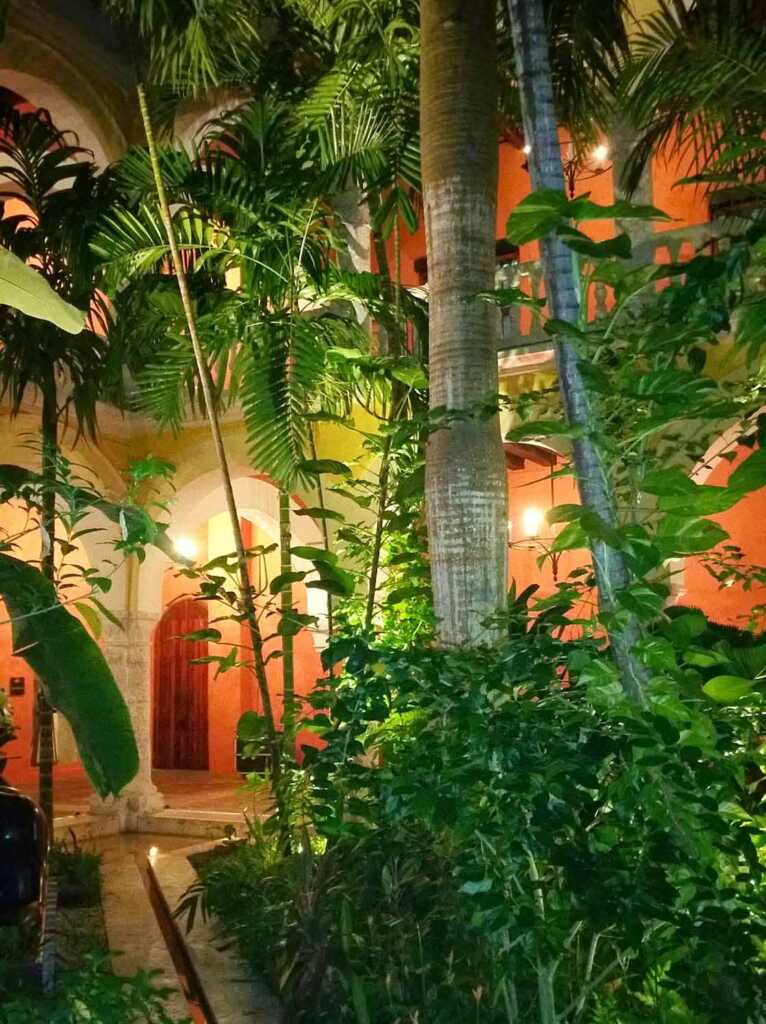
Plants have long been intertwined with Colombia’s history, culture, and society, shaping the nation’s identity and enriching its vibrant tapestry of traditions. From the mist-covered peaks of the Andes to the lush rainforests of the Amazon, Colombia’s diverse ecosystems harbor an astonishing array of flora, many of which hold deep cultural significance for its people.
Throughout Colombia’s storied past, plants have played a pivotal role in shaping the destiny of its indigenous communities and colonial settlers alike. Ancient civilizations such as the Muisca and the Tayrona revered plants for their medicinal properties, spiritual significance, and sustenance, cultivating a profound connection with the natural world that endures to this day.
Colombian culture is infused with the vibrant colors, intoxicating aromas, and exotic flavors of its native plants. From the iconic orchids that adorn traditional attire to the aromatic coffee beans that fuel daily rituals, plants serve as enduring symbols of national pride and cultural heritage. Plants are not merely decorative elements but integral components of Colombia’s social fabric, fostering community bonds and enriching everyday life. Markets brim with tropical fruits, vibrant flowers, and aromatic herbs, providing a bustling backdrop for social interaction and cultural exchange.
As we embark on a journey through Colombia’s botanical wonders, we’ll delve deeper into the fascinating intersections of plants with history, culture, and society, uncovering the rich tapestry of stories that define this remarkable nation. Join us as we explore the verdant heritage of Colombia, where every plant tells a tale of resilience, adaptation, and enduring beauty.
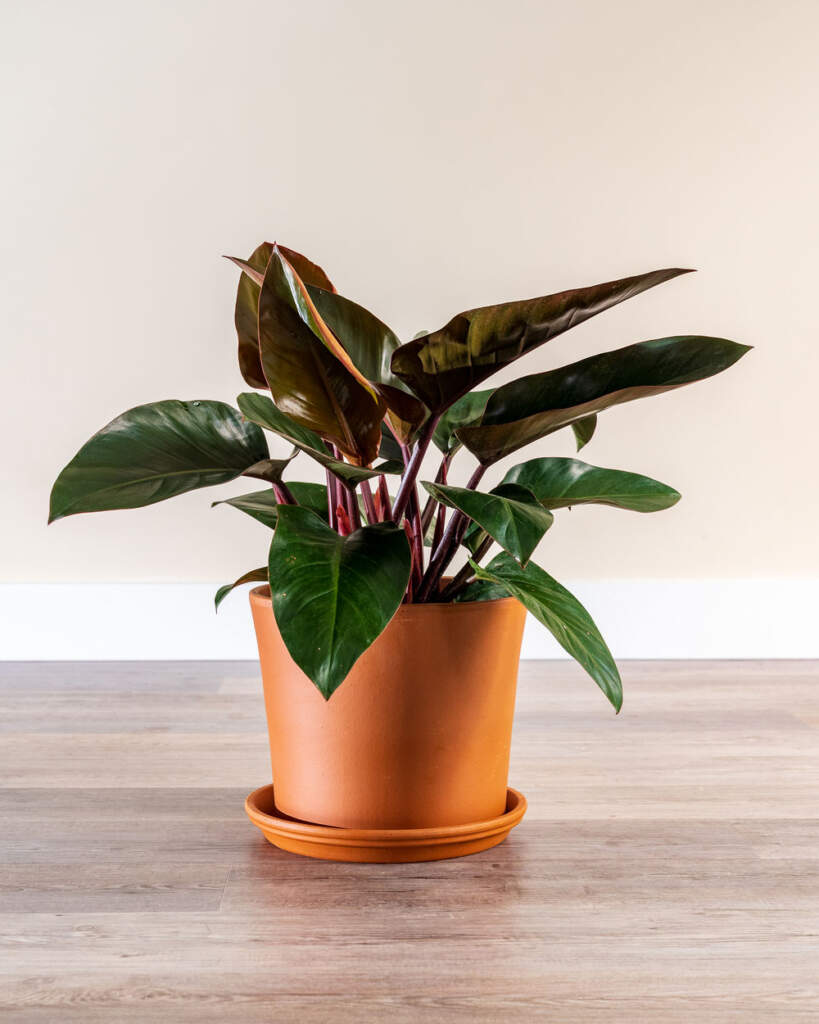
Red Congo Philodendron
Philodendron Rojo Congo
With its striking, burgundy-colored leaves, the Philodendron Rojo Congo is a true statement plant. Its glossy foliage unfurls to reveal deep red undersides, creating a stunning contrast against its vibrant green tops. This plant is a compact grower, making it ideal for small indoor spaces. Native to the tropical rainforests of Colombia, the Philodendron Rojo Congo thrives in warm, humid environments with dappled sunlight. Keep this philodendron in well-draining soil and provide bright, indirect light. Water when the top inch of soil feels dry, and mist regularly to maintain humidity.
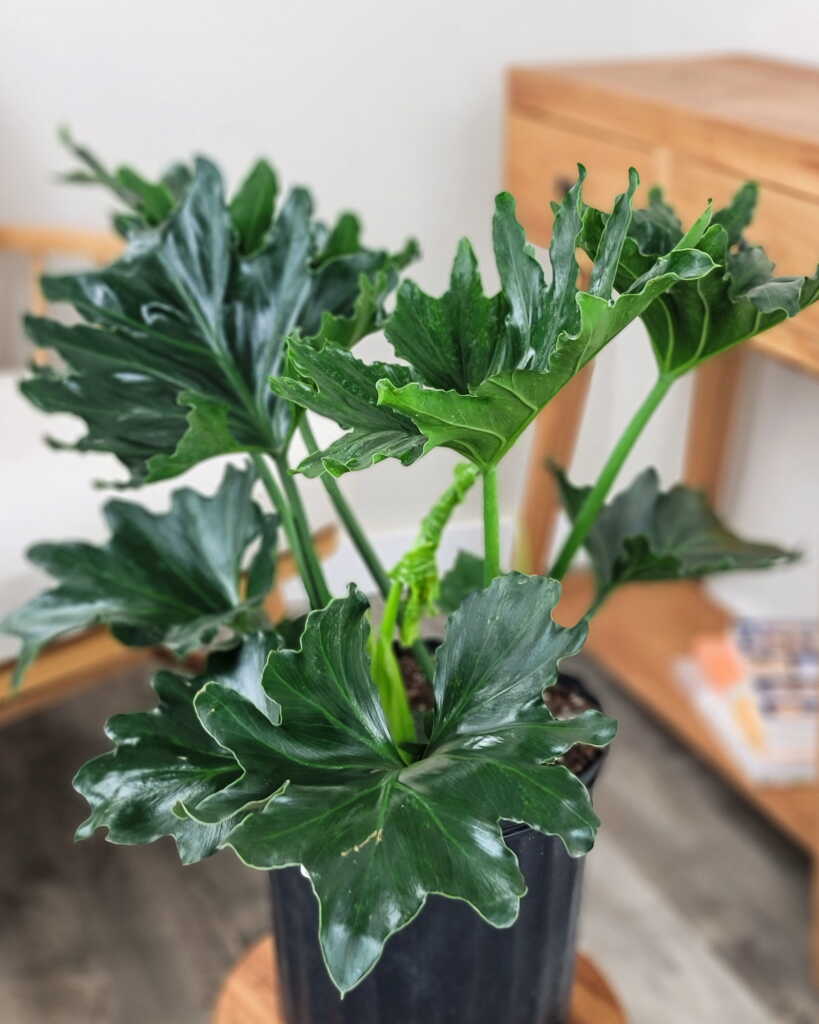
Split-Leaf Philodendron ‘Hope’
Philodendron Hope
The Philodendron Hope is characterized by its large, heart-shaped leaves that cascade elegantly from trailing vines. Its glossy foliage ranges from deep green to bronze, adding a touch of warmth to any indoor setting. Originating from the rainforests of Colombia, this philodendron is accustomed to humid conditions and filtered sunlight. Place the Philodendron Hope in a location with bright, indirect light and water when the top inch of soil feels dry. Ensure good air circulation around the plant to prevent fungal issues.
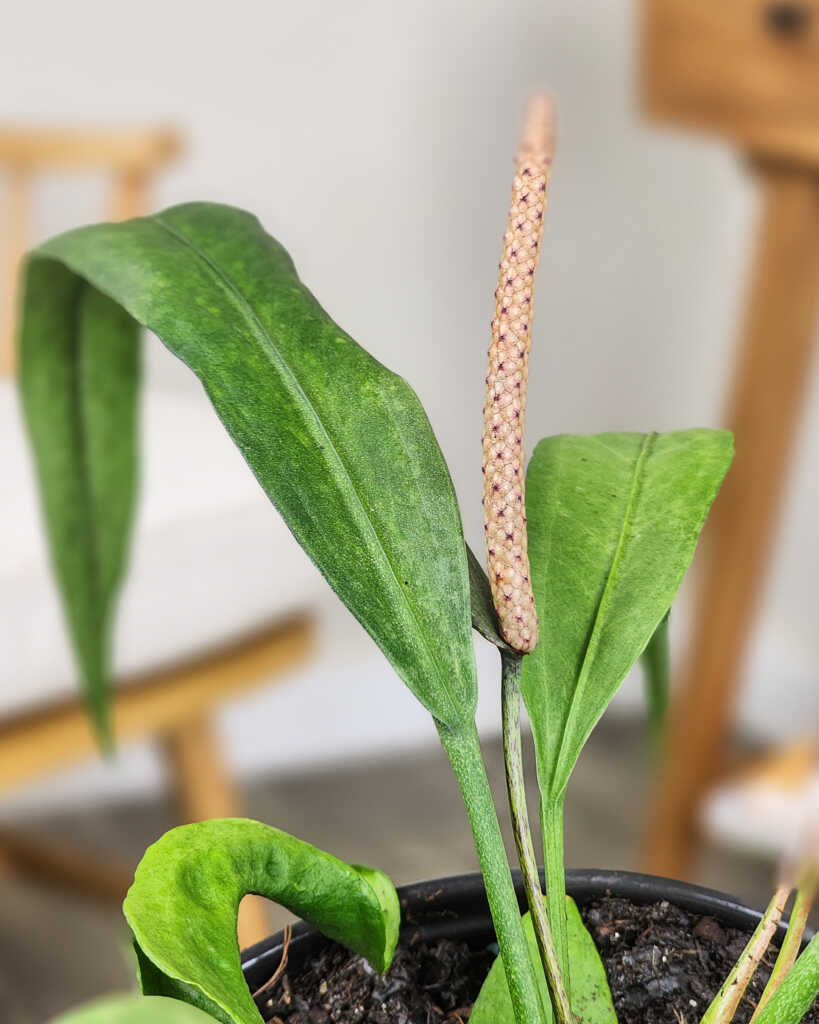
Anthurium vittarifolium
Anthurium Vittarifolium
Anthurium Vittarifolium is a unique species known for its elongated, lance-shaped leaves with prominent veins. Its foliage ranges in color from deep green to burgundy, while its flowers are small and inconspicuous. Found in the understory of Colombia’s tropical forests, Anthurium Vittarifolium thrives in low light conditions with high humidity. Provide indirect light and keep the soil consistently moist, but not waterlogged. Mist the leaves regularly to maintain humidity levels and promote healthy growth.
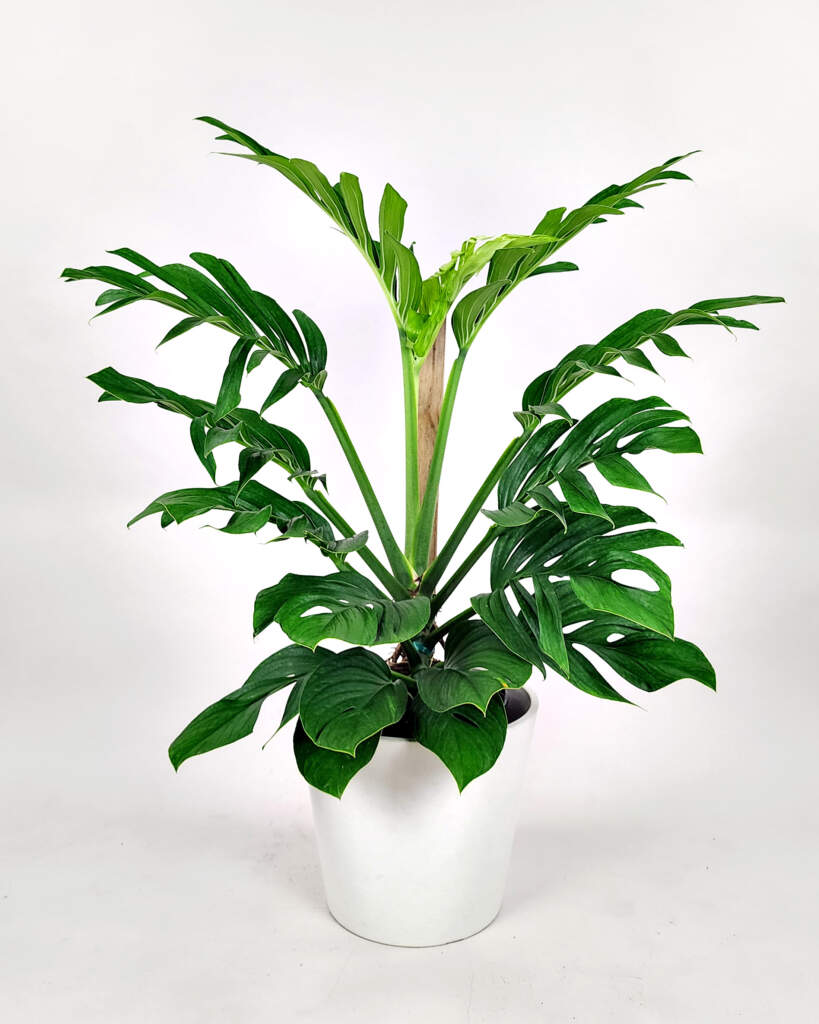
Monstera pinnatipartita
Monstera Pinnatipartita
The Monstera Pinnatipartita is a rare and exotic member of the Monstera family, distinguished by its deeply incised leaves with intricate patterns. Its foliage is a rich, glossy green, and as the plant matures, it develops fenestrations, adding to its appeal. Native to the dense forests of Colombia, this Monstera species thrives in warm, humid environments with bright, indirect light. Place the Monstera Pinnatipartita in a well-draining potting mix and water when the top inch of soil feels dry. Provide support for the climbing vines and prune as needed to maintain its shape.
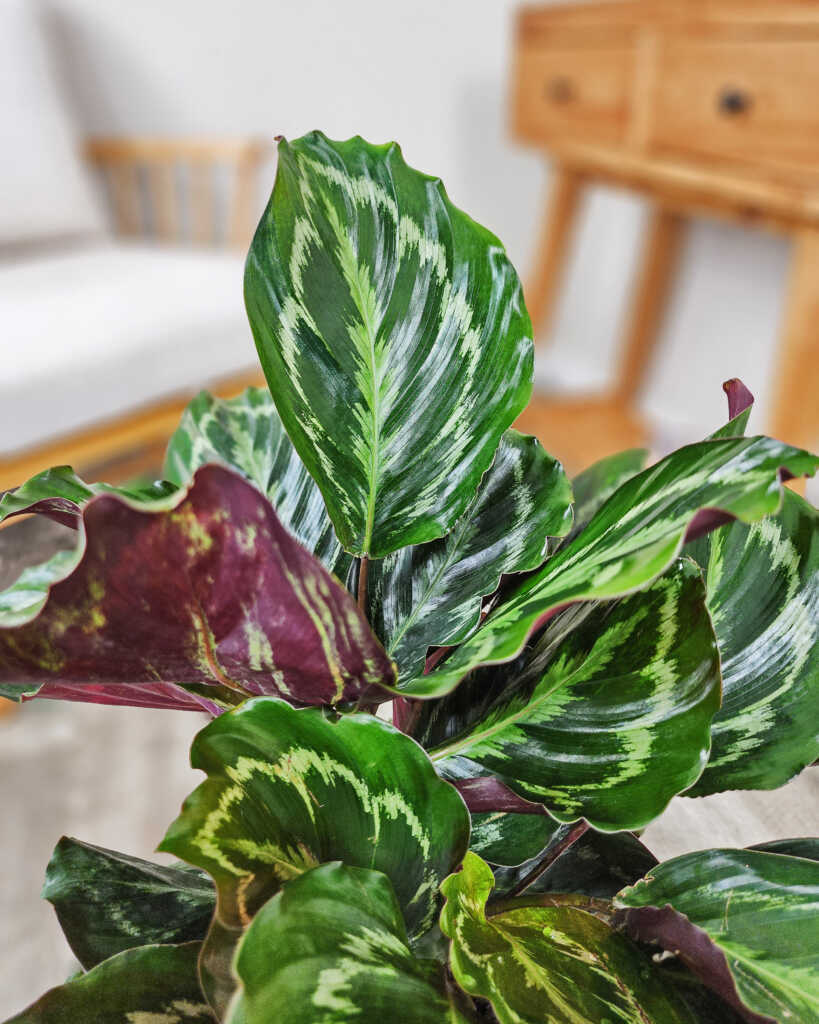
Calathea ‘Medallion’
Calathea Medallion
The Calathea Medallion is renowned for its stunning foliage, featuring intricately patterned leaves with shades of green, burgundy, and cream. Its round, medallion-like leaves add a touch of elegance to any indoor space. Indigenous to the tropical rainforests of Colombia, this Calathea species thrives in low light conditions with high humidity. Keep the Calathea Medallion in a location with filtered sunlight and avoid direct sun exposure, which can scorch its delicate leaves. Keep the soil consistently moist, but not waterlogged, and mist regularly to maintain humidity levels.
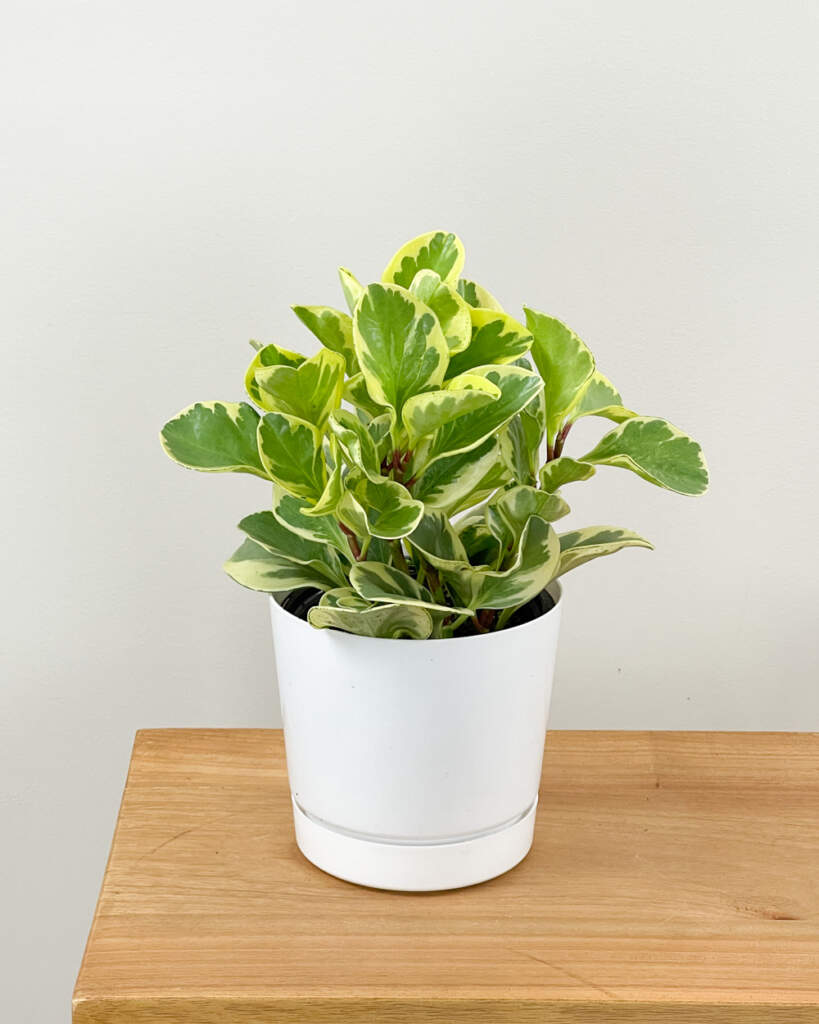
Peperomia ‘Marble’
Peperomia Marble
The Peperomia Marble is a charming houseplant with rounded leaves adorned with intricate patterns resembling marble. Its foliage varies in color from deep green to creamy white, creating a visually appealing contrast. Native to the humid forests of Colombia, this Peperomia species prefers warm, tropical climates with filtered sunlight. Place the Peperomia Marble in a bright, indirect light and allow the soil to dry out slightly between waterings. Avoid overwatering, as this can lead to root rot, and ensure good air circulation around the plant to prevent fungal issues.
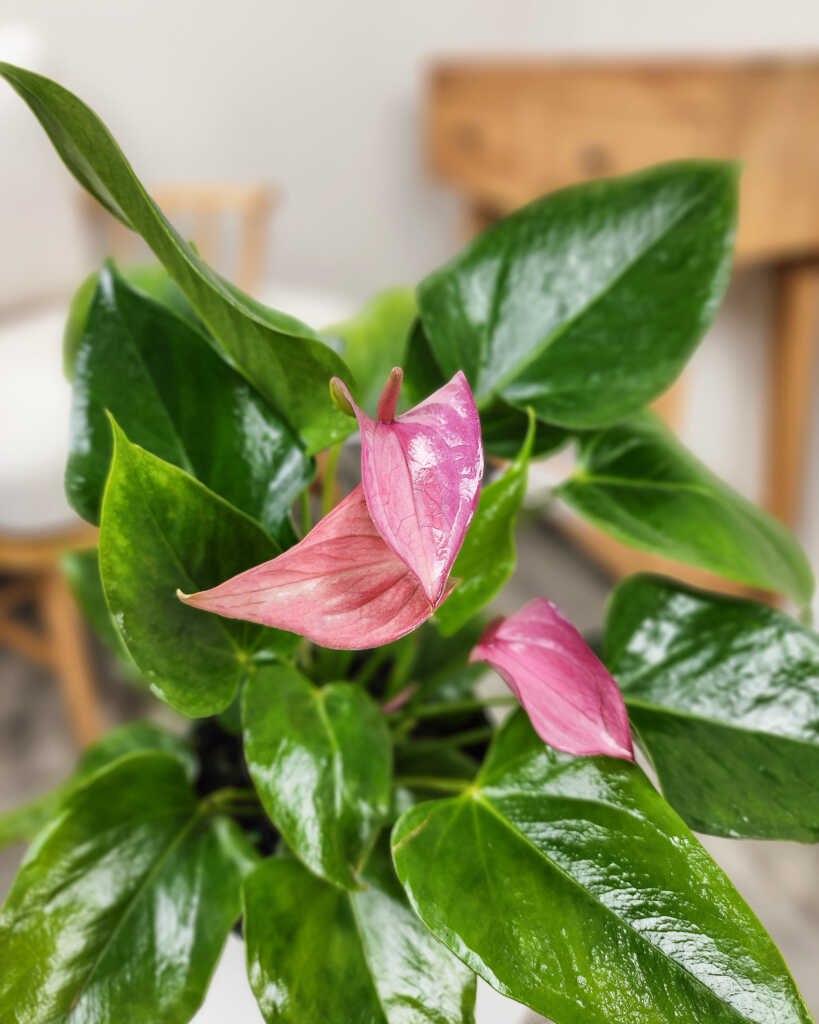
Pink Anthurium
Anthurium
Anthuriums are prized for their vibrant, heart-shaped flowers and glossy foliage. The Pink, White & Red variety showcases a range of hues, from soft pastels to bold, striking colors. Native to the tropical forests of Colombia, Anthuriums thrive in warm, humid environments with filtered sunlight. Provide bright, indirect light and keep the soil consistently moist, but not waterlogged. Remove spent flowers to encourage continuous blooming and fertilize regularly during the growing season.
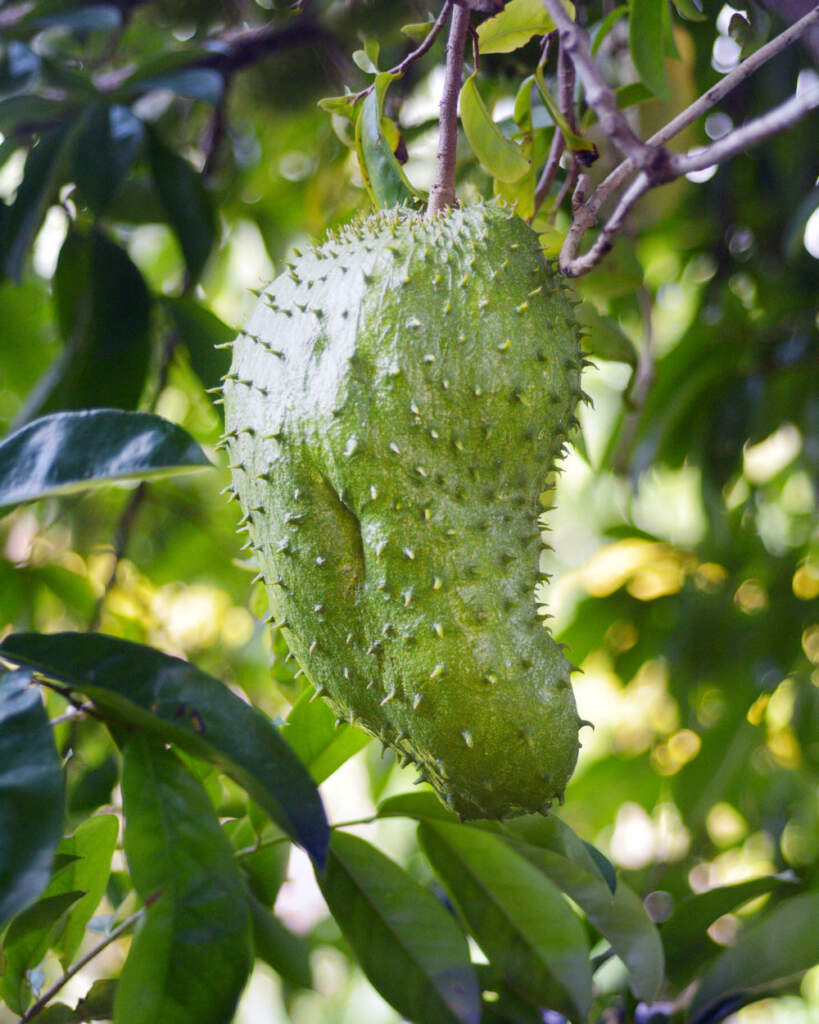
Guanabana Soursop Tree
Soursop Tree
The Soursop Tree, also known as Graviola, is a tropical fruit tree with broad, glossy leaves and fragrant, greenish-yellow flowers. Its fruit is prized for its sweet, tangy flavor and creamy texture. Indigenous to the rainforests of Colombia, the Soursop Tree thrives in warm, tropical climates with well-draining soil and ample sunlight. Plant the Soursop Tree in a large container with fertile, well-draining soil and place it in a sunny location. Water regularly and provide support for the sprawling branches as the tree matures.
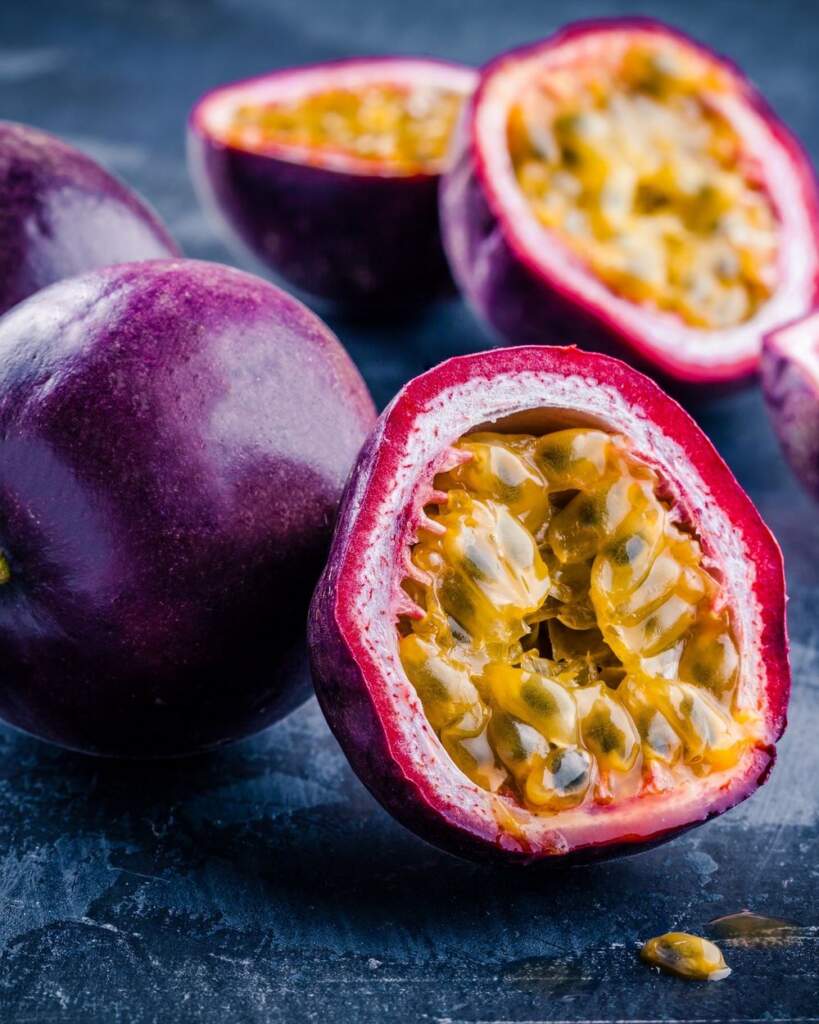
Purple Possum Passion Fruit Vine
Passion Fruit
Passion Fruit vines are known for their vibrant, exotic flowers and delicious, aromatic fruits. The flowers are intricately designed, with colorful petals and a distinctive structure. Native to the tropical regions of Colombia, Passion Fruit vines require warm, sunny conditions and well-draining soil to thrive. Plant Passion Fruit vines in a sunny location with support for climbing, such as a trellis or fence. Keep the soil consistently moist and fertilize regularly during the growing season to encourage fruit production.
Lobster Claw Heliconia
Heliconia Rostrata
Heliconia Rostrata, also known as Lobster Claw, is a tropical flowering plant with stunning, vibrant blooms resembling the claws of a lobster. Its tall, erect stems add vertical interest to indoor spaces. Indigenous to the rainforests of Colombia, Heliconia Rostrata thrives in warm, humid environments with filtered sunlight. Provide bright, indirect light and keep the soil consistently moist, but not waterlogged. Prune dead or damaged foliage to promote healthy growth and remove spent flowers to encourage continuous blooming.
Incorporating native Colombian plants into your indoor garden not only adds a touch of exotic beauty but also celebrates the rich biodiversity of this remarkable country. Whether you prefer lush foliage or vibrant blooms, there’s a native Colombian plant to suit every taste and style. So why not bring a piece of Colombia’s natural beauty into your home today?
Click here to learn more about different plant species from Around the World.


